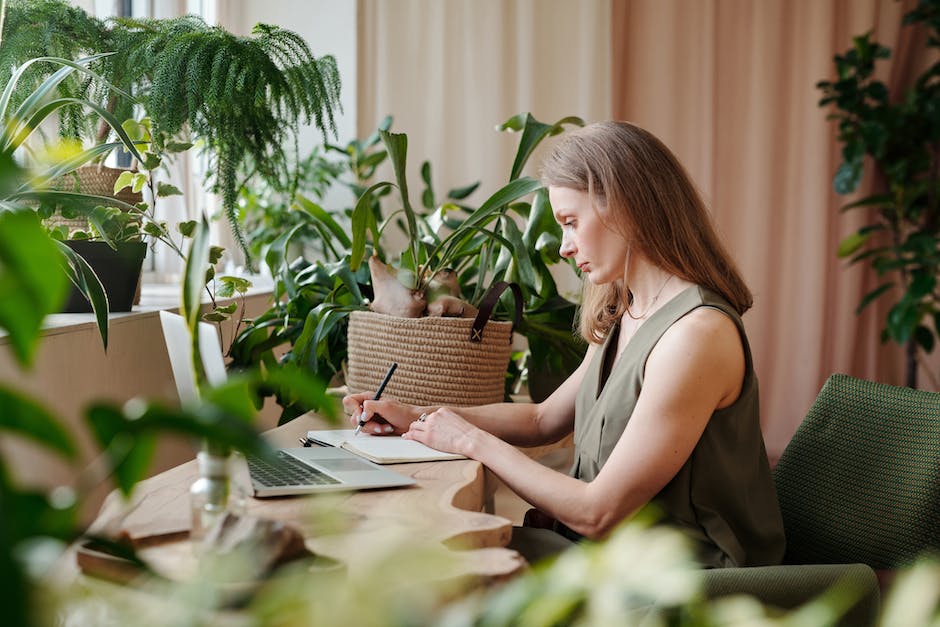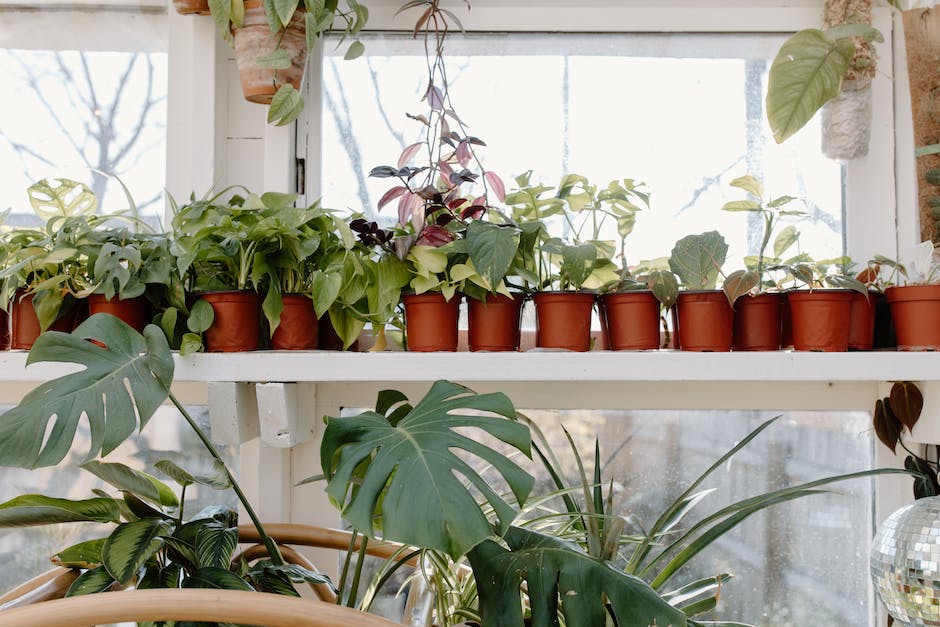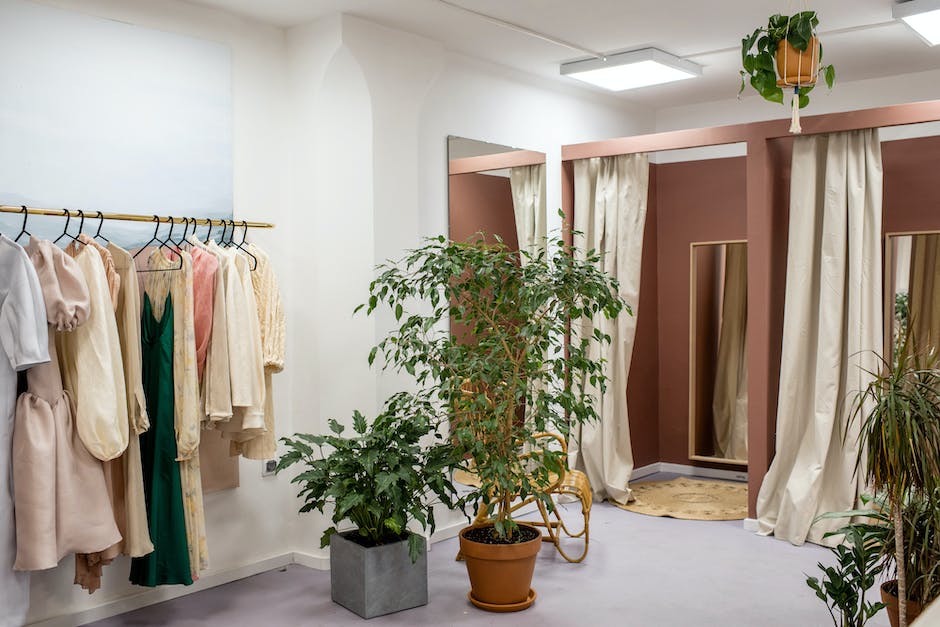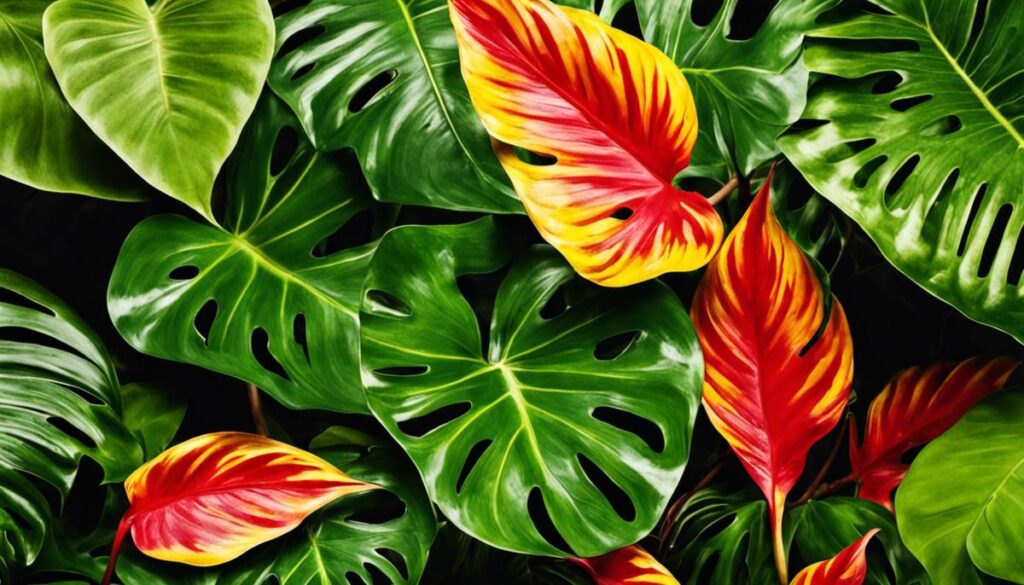Welcome to the verdant and lush world of indoor hanging plants, a realm in which aesthetics entwine with function, breathing life, vibrancy, and beauty into our living spaces. Hanging plants, with their capricious tendrils and green cascades, do more than just adorn our homes – they transform them into living, breathing microcosms that reap rewards beyond just visual appeal. In this enlightening journey, we will delve deep into the weft and weave of owning and nurturing these aerial beauties.
We will explore a diverse array of indoor-friendly species, undertake the quest on how best to fix them in our homes without damaging our interiors, and learn the secret to preserving their health and lifespan through expert care and maintenance advice.
Choosing the Right Type of Indoor Hanging Plants

What are Indoor Hanging Plants?
Indoor hanging plants are a type of indoor plant that is commonly hung from the ceiling or mounted on walls. These plants often have trailing branches, making them perfect for creating a dramatic leafy display in your living area, bedroom, or office.
Types of Indoor Hanging Plants
There are a multitude of variants for indoor hanging plants. For instance, Ferns, particularly the Boston and Maidenhair varieties, are great for indoor hanging due to their appealing feathery leaves and adaptability to low-light conditions. Ferns typically require high humidity, making them a perfect addition to bathrooms or kitchens.
Philodendrons, including the heartleaf and string of hearts varieties, are attractive, low-maintenance indoor hanging plants that thrive in low to medium light conditions. Their heart-shaped leaves provide an intriguing aesthetic, and they can trail beautifully from hanging baskets.
Spider plants, considered one of the easiest plants to care for, are known for their clumping, spider-like foliage and require moderate light and even moisture. They can make an inviting addition to any space while providing some unique aesthetic interest.
Lasty, the Pothos or devil’s ivy, with its pointed, heart-shaped leaves, is renowned for its air-purifying properties and can withstand neglect, making it an excellent choice for those new to plant ownership.
Care for Indoor Hanging Plants
The care required for indoor hanging plants varies vastly depending on the species. While some require high humidity and frequent watering like the Ferns, others like the Philodendrons are able to thrive on neglect. Spider plants are fairly easy to care for, needing only moderate light and moisture, while Pothos are drought-tolerant and can withstand different light conditions, making them among the most beginner-friendly.
An important aspect of caring for indoor hanging plants is understanding their light requirements. Many indoor hanging plants prefer bright, indirect light, but some can survive in low-light conditions. Sidestepping direct sunlight is critical to prevent the leaves from burning.
Benefits of Indoor Hanging Plants
Apart from their aesthetic appeal, indoor hanging plants offer a myriad of benefits. They can improve indoor air quality through their ability to purify the air. Certain species like the Pothos and Spider plants are particularly efficient in eliminating toxins present in the air.
Indoor plants can also increase relative humidity in a room, which can make breathing easier, and may even decrease the likelihood of airborne transmission of viruses.
The presence of indoor plants can also have several psychological benefits. They can reduce stress and increase feelings of well-being, and they have been found to improve concentration and productivity. This is why many people choose to keep indoor hanging plants in their workspaces. Such benefits underscore the significance of considering the type and placement of indoor hanging plants.
How to Choose the Ideal Indoor Hanging Plant
When choosing the perfect indoor hanging plant, factors such as personal preference, the light conditions of the space, and your ability to commit to the plant’s care should be taken into account. It’s vital to understand the needs of the plant species you choose to ensure it thrives in your indoor space. Delving into the diverse range of options and their unique requirements, as well as considering their respective benefits, will allow you to make a more informed selection in line with your indoor hanging plant style.
Installation Process and Location for Indoor Hanging Plants

Finding the Perfect Spot for Your Indoor Hanging Plants
Finding the right location for your indoor hanging plant is just as important as your selection, often influencing the plant’s overall health and lifespan. The plant’s specific need for light, moisture, and temperature should guide this decision. For instance, while some plants need a healthy dose of sunlight, others prosper in shaded areas. Similarly, some plants thrive in humid environments often found in bathrooms or kitchens, while others prefer less moisture.
Consideration of window direction is another aspect not to be overlooked. If a plant is hung near a south-facing window, it can absorb ample light all through the day. In contrast, a plant near a north-facing window will experience less light exposure. Besides aiding the plant’s growth, placing it near a window also enhances the aesthetic appeal of your space, providing a beautiful blend of function and style.
The Right Temperature for Indoor Hanging Plants
The majority of indoor hanging plants are tropical species and thus prefer temperatures that emulate their native habitats. Generally, an average indoor temperature ranging from 60 to 75 degrees Fahrenheit is ideal for these types of indoor plants. Avoid placing plants near direct heat or AC vents, as excessive heat or cold can cause damage. Furthermore, it might be helpful to keep a small thermometer nearby to help regulate temperature levels.
Optimal Humidity Levels for Indoor Hanging Plants
Humidity plays a significant role in keeping your indoor hanging plants healthy. Many tropical plants, like ferns and orchids, thrive when the humidity is over 50%. Therefore, utilizing a humidifier or a misting spray can help in maintaining the moisture levels for these plants. Conversely, succulents and cacti require less humidity to prevent their roots from rotting.
Installation Process for Indoor Hanging Plants
Installing indoor hanging plants requires careful planning and some basic tools. First, determine the weight of your plant, including its pot and wet soil, which will dictate what kind of hardware you should use for its installation. Heavy-duty anchors, hooks, or brackets are typically sufficient for most indoor hanging plants.
Start by drilling a hole into your ceiling or wall, ensuring that it is smaller than the size of your anchor or hook. Then, push the anchor into the drilled hole and screw the hook into the anchor. Ensure that the hook is securely installed before hanging your plant. Last, keep in mind the trails of the plants, ensure they are not obstructing any walkways or nearby furniture.
Protecting Interiors during Hanging Plant Installation
Whilst hanging plants indoors can significantly enhance your living space’s aesthetic appeal, it’s crucial to avoid causing damage to ceilings and walls. When drilling, make sure to avoid any electrical wiring or plumbing pipes that might be hidden behind the walls or ceiling. A good stud finder can be handy in these scenarios.
Additionally, consider using a drip tray or another system to catch excess water that drains after watering. This can prevent water stains and damage to your floors or furniture. Leave adequate room between the hanging plants and walls or other objects to avoid moisture damage and mildew growth.
Conclusion
Integrating indoor hanging plants into your home can greatly improve its aesthetics and air quality. However, this requires careful attention to different factors such as the plant’s exposure to light, temperature regulation, humidity levels, and distance from windows. These considerations along with a well-plan installation process help in maintaining plant health without causing any damage to your space.
Practical Care and Maintenance for Indoor Hanging Plants

Water Issuance
Aside from these elements, consistent watering remains vital to the gratification of indoor hanging plants. It is essential to note that the watering requirement varies in terms of the plant’s specie, the current seasonal climate, and indoor conditions. Generally, watering every time the top 1-2 inches of soil dries up presents a good routine. Avoid over-watering to prevent water logging and root rot and ensure your hanging pots have drainage holes to allow excess water to flow out.
Suitable Temperature and Light Conditions
Indoor hanging plants require specific temperature and light conditions to thrive. Most hanging plants prefer temperatures of 65-75°F during the day and 55-60°F at night. However, some tropical varieties require warmer conditions. Be sure to research your specific plant’s requirements.
Most hanging plants are shade-loving, preferring indirect light over direct sunlight, which can cause leaf scorch. However, some flowering varieties need bright, indirect light to bloom. Position your plants near a north or east-facing window for best results, or use a grow light if natural light is insufficient.
Nutrients and Soil Mix
Just like outdoor plants, indoor hanging plants need nutrients to thrive. They benefit from a quality soil mix and occasional feeding with a balanced houseplant fertilizer. A good soil mix should have excellent drainage yet retain enough moisture for roots to access water. An all-purpose indoor potting mix generally works well, or you can make your own with equal parts peat moss or coconut coir, perlite or sand, and compost.
Repotting
Repotting is a necessary part of plant care when the plant outgrows its current pot or to refresh depleted soil. Gently remove the plant from the pot, loosen the root ball, and place it in a new pot filled halfway with fresh soil. Fill the rest of the pot with soil, pressing gently around the base of the plant.
Propagation
Propagation involves creating new plants from existing ones, a process that varies between species. For those that grow from cuttings, simply cut a piece of the plant, dip the end in rooting hormone, and plant it in fresh potting mix. Water it lightly and regularly until it establishes its own root system.
Tending to Plant Diseases and Pests
Indoor hanging plants can be affected by pest infestation and diseases just like any other plant. Keeping your plant healthy with proper watering, light, and nutrients can help prevent these problems. If pests or disease do appear, treat them promptly. Identifying the specific pest or disease is crucial to treating it properly. Common plant pests include aphids, spider mites, and scale and common diseases include powdery mildew, root rot, and various bacterial and fungal infections.

Whether you’re an avid horticulturist or a novice plant lover exploring opportunities to green your indoor space, the world of indoor hanging plants has something for everyone. Choosing the right plant, understanding its light and temperature needs, finding the perfect spot to hang it, and knowing how and when to water and feed it, all play key roles in ensuring your hanging plant not just survives, but thrives. But perhaps the greatest gain of embracing these aerial companions is the way they transform our living space into a more serene, soothing, and oxygen-rich environment, proving once more that beauty and benefits often hang in balance in the wonderful realm of indoor hanging plants.
